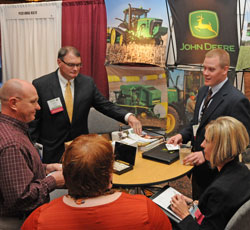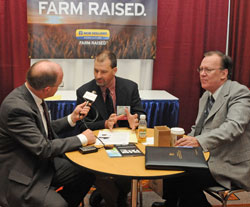 The first interview I did during this year’s NAFB convention Trade Talk session was with Sean Dorosz. He’s being interviewed by an NAFB member in the photo while Gene Hemphill looks on.
The first interview I did during this year’s NAFB convention Trade Talk session was with Sean Dorosz. He’s being interviewed by an NAFB member in the photo while Gene Hemphill looks on.
Sean had two main points to make. The first is their choice of Tier 4 engine technology. New Holland is using the SCR or selective catalytic reduction technology and they believe it is the correct solution for larger tractors. The engines will start showing up right after the first of the year.
The second one is moving past Tier 4 to zero emissions with a hydrogen powered tractor. We saw that on display at the Farm Progress Show and it’s not only incredible due to the engine but in looks. You know how important it is to look good in the field!
You can listen to my interview with Sean here: New Holland Interview



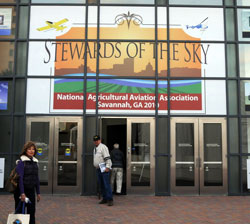

 .
.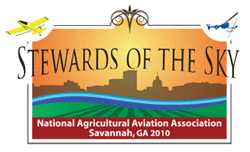

 Resistance to change is normal, but there are ways to move people to make changes, without forcing them!
Resistance to change is normal, but there are ways to move people to make changes, without forcing them!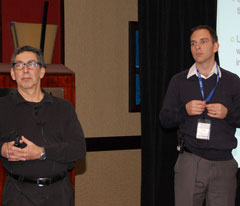 Ryan Bracken (pictured on the right) with
Ryan Bracken (pictured on the right) with 